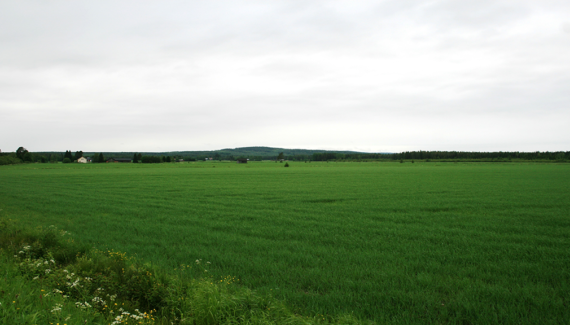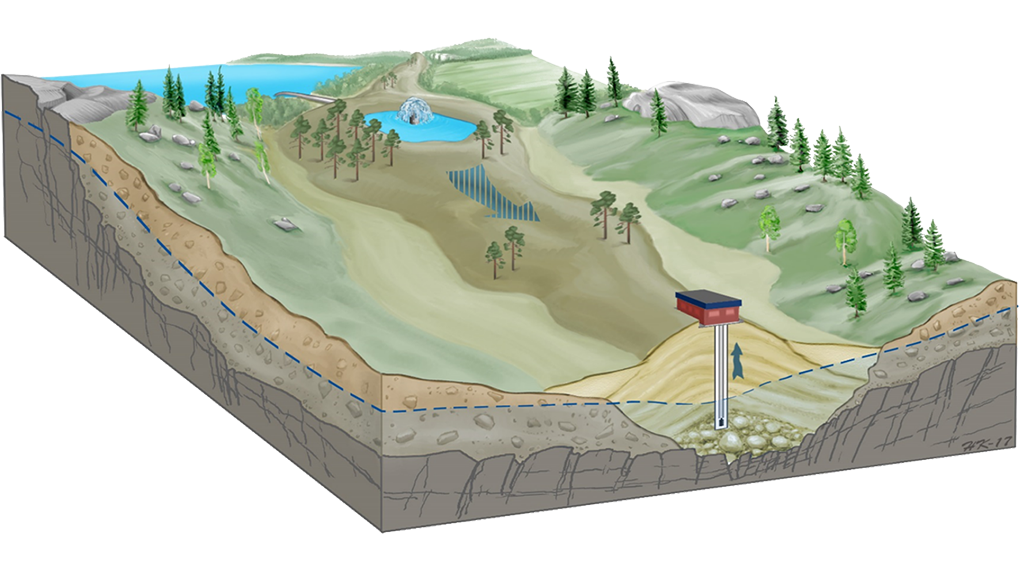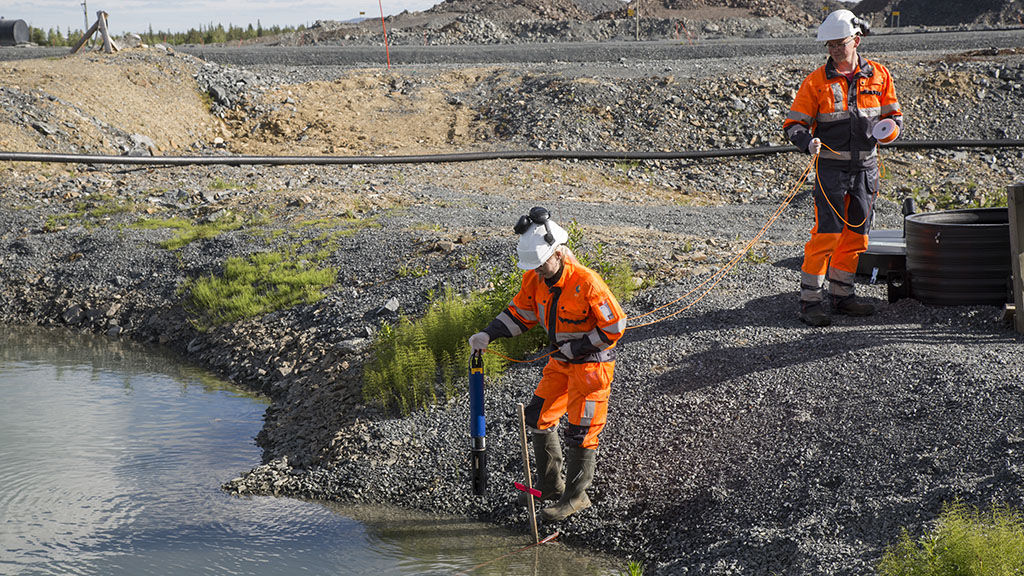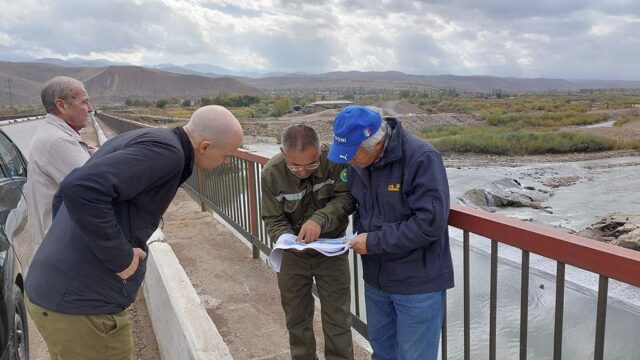
Groundwater Flow and Transport Modelling
Groundwater models are used to mimic the natural conditions of an aquifer. The models can also be used as tools in different types of simulations and when assessing the effects of changes.

Groundwater modelling is used to determine appropriate pumping volume
Risk assessment on environmental effects of operations
Groundwater modelling is required during environmental permit application processes
Modelling provides essential information about effects on groundwater
In practice, groundwater flow and transport modelling is a mandatory research phase to obtain an environmental permit for large-scale activities affecting groundwater such as water abstraction and mining. The modelling is used to test different scenarios before starting the operations and assess the risks to groundwater and the environment.
GTK offers comprehensive groundwater modelling surveys that consider the site’s geological conditions and include comprehensive hydrogeological, geophysical, and geochemical surveys. In addition, GTK is the only organization offering reactive transport modelling and isotope studies in Finland.
Modelling can be used to investigate the transport of contaminants with groundwater before the start of industrial operations.
Conceptual model assists in understanding conditions and changes
GTK`s service includes hydrogeological surveys, a flow or transport model based on them, and simulations based on the modelling.
Groundwater flow and transport modelling uses numerical methods to simulate groundwater conditions or their changes over time. The modelling can be used to study matters such as the effects of water abstraction on the water table and risks arising from the migration of substances during abstraction and in industrial plants such as mines.
Flow and transport modelling is always based on a conceptual model i.e., an understanding of the groundwater conditions, movements of groundwater and its interaction with soil, bedrock, and surface water. Accurate hydrogeological surveys are needed to create the conceptual model.
The conceptual model can be used to simulate changes in groundwater conditions and the effects of external factors on groundwater conditions. Such factors include climate change, increasing groundwater pumping volume and the expansion of opencast mines. The models can also be used to investigate the spread of contaminants during accidents.
Environmental benefits of modelling
Flow and transport modelling can reduce the pressure on groundwater and the pollutant load.
For example, modelling the effects of climate change on groundwater can assist in the optimisation of water resources management. Simulation based on models also assists in minimising the volume of groundwater contaminated at industrial sites.


Research on the topic
Explore the topic in depth through scientific publications, articles, research reports, and research projects.
Contact us
Leave your contact information and we will get back to you.




